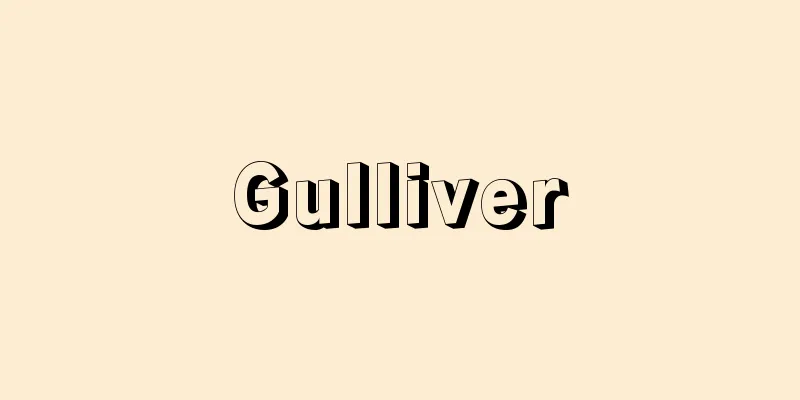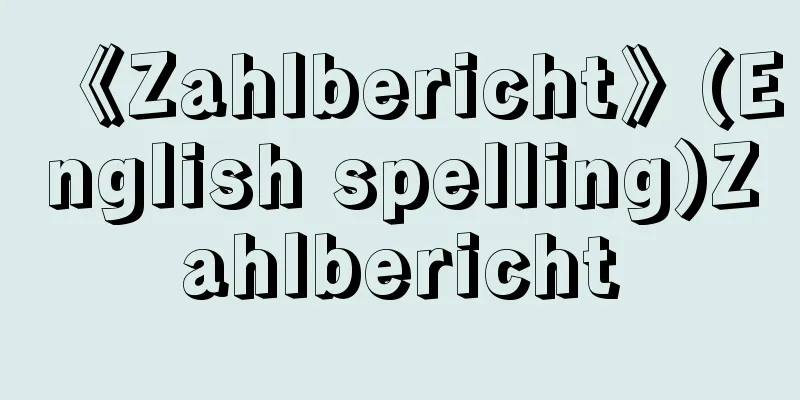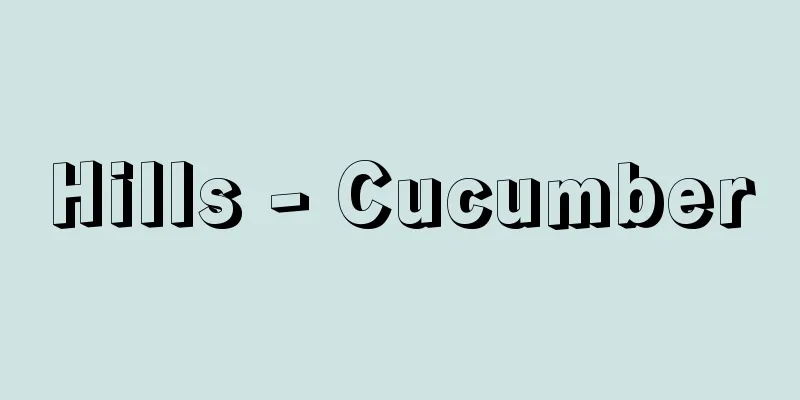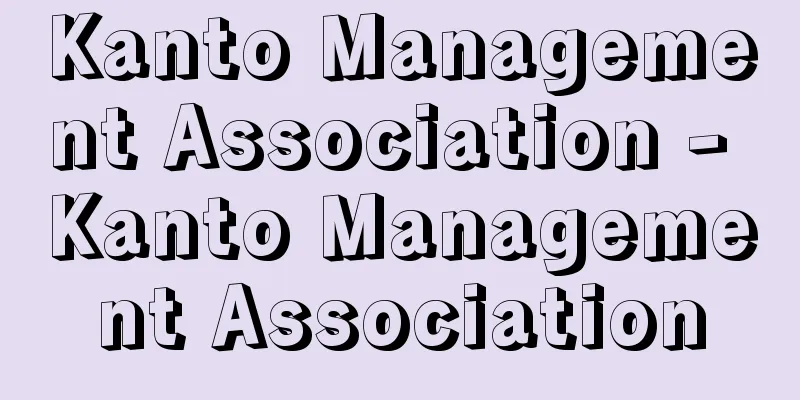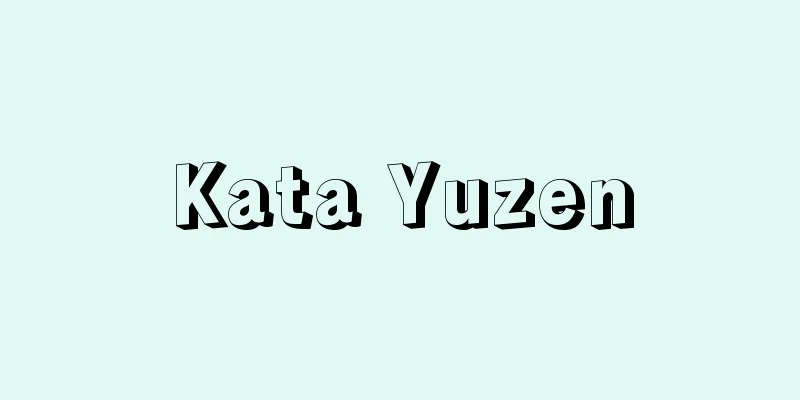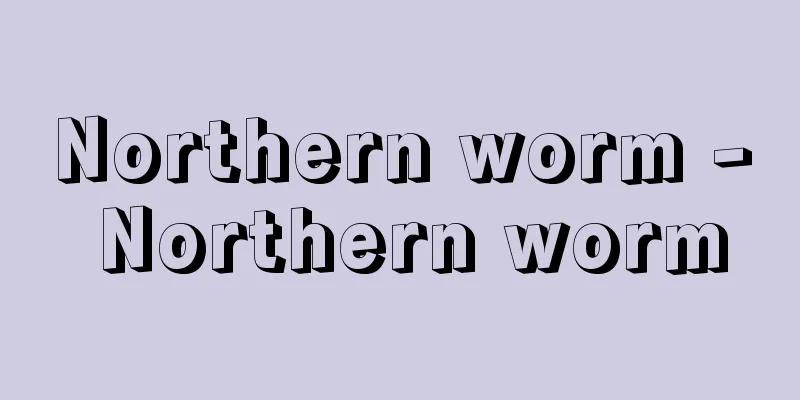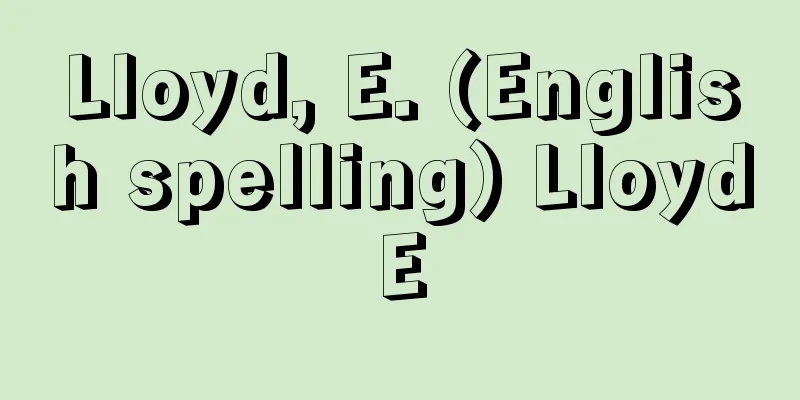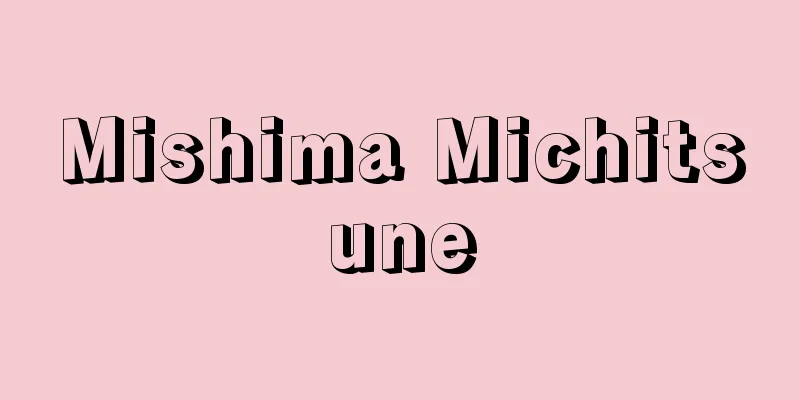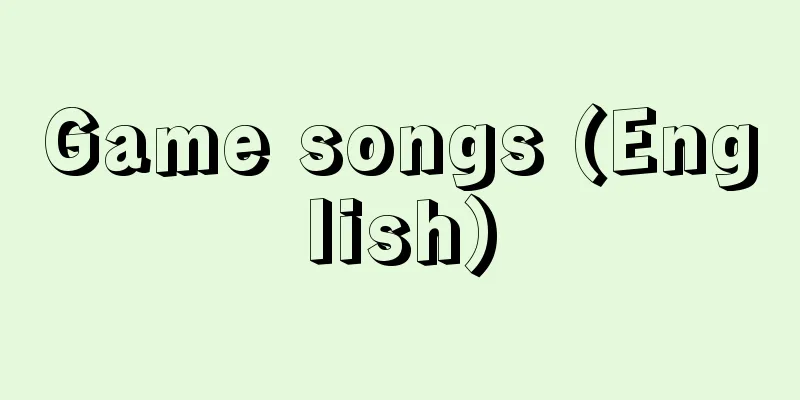Negative income tax
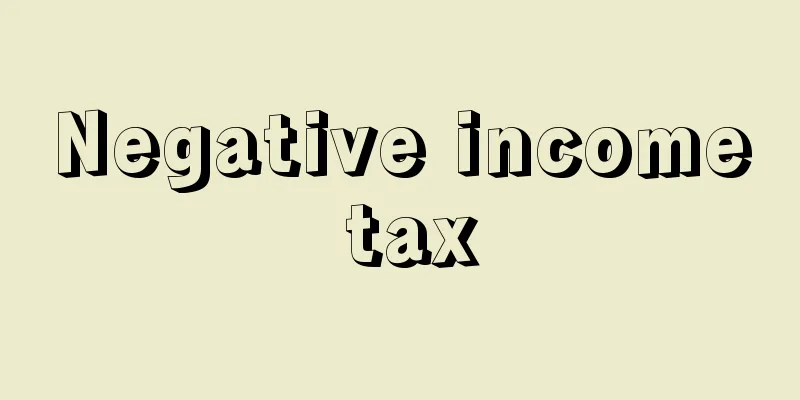
|
A transfer income provided symmetrically to a positive income tax in order to provide income security to low-income earners who have incomes below the minimum taxable income. In modern welfare states, it is considered the responsibility of the state to guarantee a minimum standard of living, and various income redistribution systems have been established. Various public assistance systems are an important part of this, but a negative income tax has been proposed as a way to correct the flaws in these systems. A normal income tax is a positive income tax, and if the amount of earned income is Y e and the minimum taxable income is Y t , then the government applies the income tax rate t p to income that exceeds the minimum taxable income (Y e -Y t ), and compulsorily collects a positive income tax T = (Y e -Y t )t p . Therefore, disposable income is Y d in . In contrast, in a negative income tax, the government provides transfer benefits to people who earn less than the minimum taxable income. If the tax rate applied to earned income less than the minimum taxable income is the same as that applied to a positive income tax, t p , and the minimum living income guaranteed to people with zero earned income is Y m , then the amount S that a person with earned income Y' e receives as a transfer benefit is S = (Y t -Y' e )t p . The total income Y g of earned income and transfer income is Y g = Y' e + S = Y m + (1-t p ) Y' e , so under this system, unless t p is 100%, part of the income earned by low-income earners through their own work contributes to increasing the total income amount. The flaw in the traditional public assistance and public pension systems was that if a person had earned income, the amount of public assistance or pension would be reduced in proportion to the person's earned income, or if a person reached a certain amount of earned income, they would lose all benefits due to losing eligibility to receive public assistance or pension, which severely undermined the recipient's motivation to work, but the negative income tax aims to realize a minimum standard of living guarantee through transfer benefits without undermining the motivation to work or to become self-reliant. However, a negative income tax requires trust in the fairness of the income tax, and there are serious problems such as an increase in the financial burden, so that to date there have been no examples of it being implemented as a system. [Masatoshi Hayashi] ©Shogakukan "> Negative income tax and positive income tax (Figure) Source: Shogakukan Encyclopedia Nipponica About Encyclopedia Nipponica Information | Legend |
|
所得税の課税最低所得以下の所得しか有しない低所得者に対して所得保障をするために、正の所得税に対称的に給付される移転的所得。現代の福祉国家においては、最低生活水準までの保障は国家の責任と考えられており、各種の所得再分配制度が制定されている。各種公的扶助制度もその重要な一環をなすが、それらの制度の欠陥を是正するものとして提唱されているのが負の所得税である。 通常の所得税は正の所得税であり、稼得所得額をYe、課税最低所得をYtとすると、課税最低所得を超える所得(Ye-Yt)に対しては所得税率tpを適用し、正の所得税T=(Ye-Yt)tpを政府が強制的に徴収する。したがって可処分所得はのYdとなる。 これに対して負の所得税では、所得税の課税最低所得以下の人々に対して政府から移転的給付が行われる。課税最低所得以下の額の稼得所得に対して適用される税率も正の所得税に適用されるのと同率の税率tpであるとし、稼得所得がゼロの人に対して保障する最低生活所得額をYmとすると、稼得所得Y′eの人が移転的給付として受け取る額Sは、S=(Yt-Y′e)tpである。稼得所得と移転所得との合計所得額YgはYg=Y′e+S=Ym+(1-tp)Y′eとなるから、この制度のもとではtpが100%でない限り低所得者が自らの勤労により稼得した所得の一部は、合計所得額を増加させることに貢献する。 伝統的な公的扶助や公的年金制度の欠陥は、稼得所得があるとその分だけ公的扶助や年金額が減額されたり、一定の稼得所得額に達すると公的扶助や年金を受ける資格を喪失することにより全給付額を失うなどの形で、受給者の勤労意欲を著しく損なうことにあったが、負の所得税は、労働意欲や自立自助の意欲を損なわないで、移転的給付による最低生活水準保障を実現することをねらっているのである。しかし、負の所得税には、所得税の公平性についての信頼感が不可欠であることに加えて、財政負担の増大などの深刻な問題点もあり、いままでのところ制度として実施された例はない。 [林 正寿] ©Shogakukan"> 負の所得税と正の所得税〔図〕 出典 小学館 日本大百科全書(ニッポニカ)日本大百科全書(ニッポニカ)について 情報 | 凡例 |
<<: Negative numbers - negative numbers
Recommend
Fougères (English spelling)
Fougères is a town in the Ille-et-Vilaine departme...
《Eikaitai》
…The Gotoba-in Gokuden and Juntoku-in Yakumo Mish...
Mountain rice
…It is said that straw is more palatable to lives...
Vacuum oxygen decarburization
...For this purpose, oxygen gas is mixed with arg...
General map (map) - Ippanzu
...Therefore, as various surveys of the Earth pro...
Sorrento (English spelling)
A city in the province of Naples in Campania, sout...
Mission - Dendou (English spelling)
To spread religious teachings and "convey th...
Swertia perennis (English spelling) Swertia perennis
...Inusenburi (O. diluta (Turcz.) Ledeb.var. tosa...
Hua Guofeng - Hua Guofeng
Chinese politician. Born in Jiaocheng County, Sha...
Passenger train - passenger train
〘 noun 〙 Luggage transported by passenger trains. ...
Dana, James Dwight
Born: February 12, 1813, Utica, New York [Died] Ap...
Spherical micelles - kyukei miseru
…Because micelles have a size of colloidal dimens...
BASIC
A programming language developed in 1964 by John G...
Lampranthus aureum (English spelling) Lampranthusaureum
… [Hiroshi Yuasa]. … *Some of the terminology tha...
kwashiorkor
…There are several types of malnutrition. One is ...

